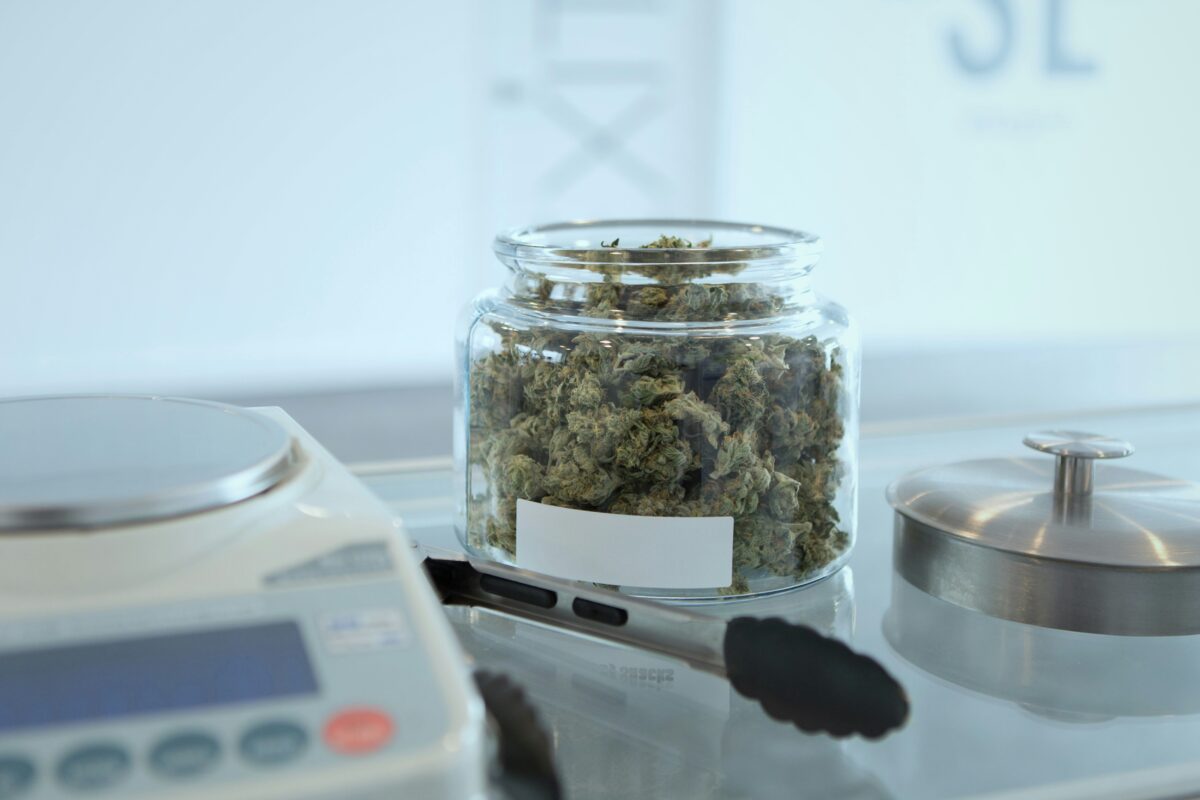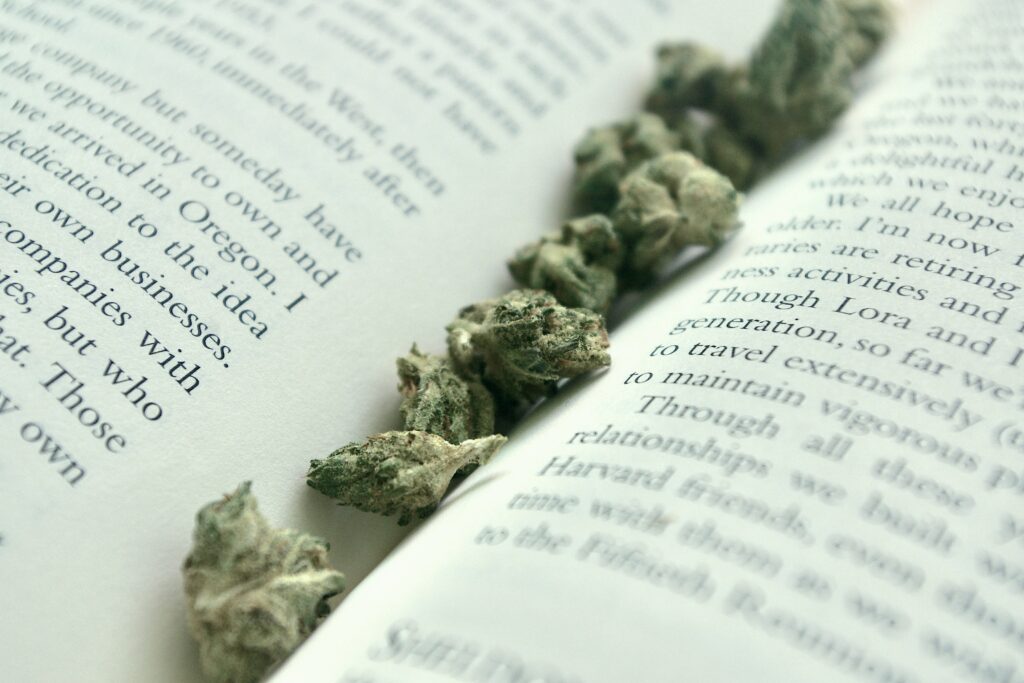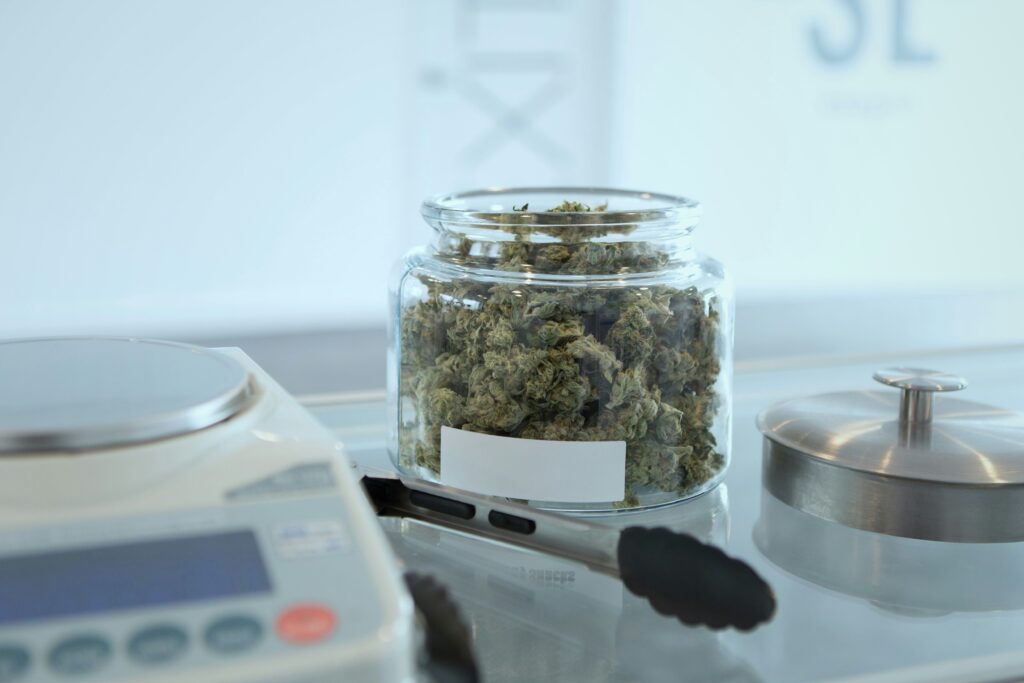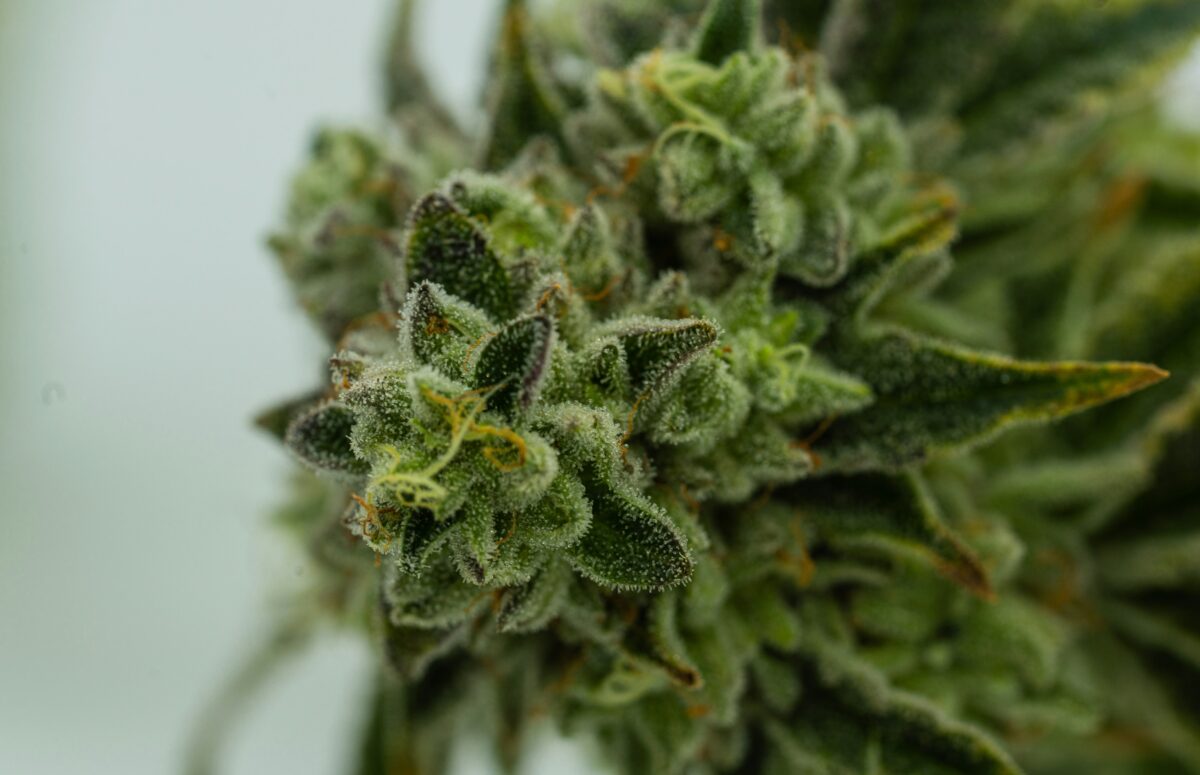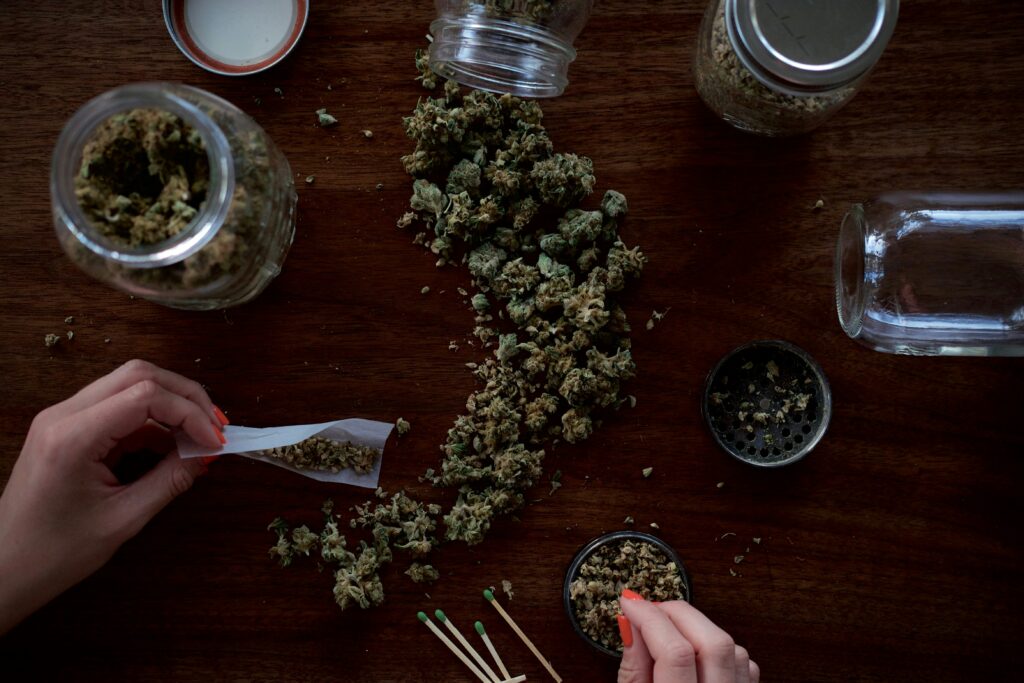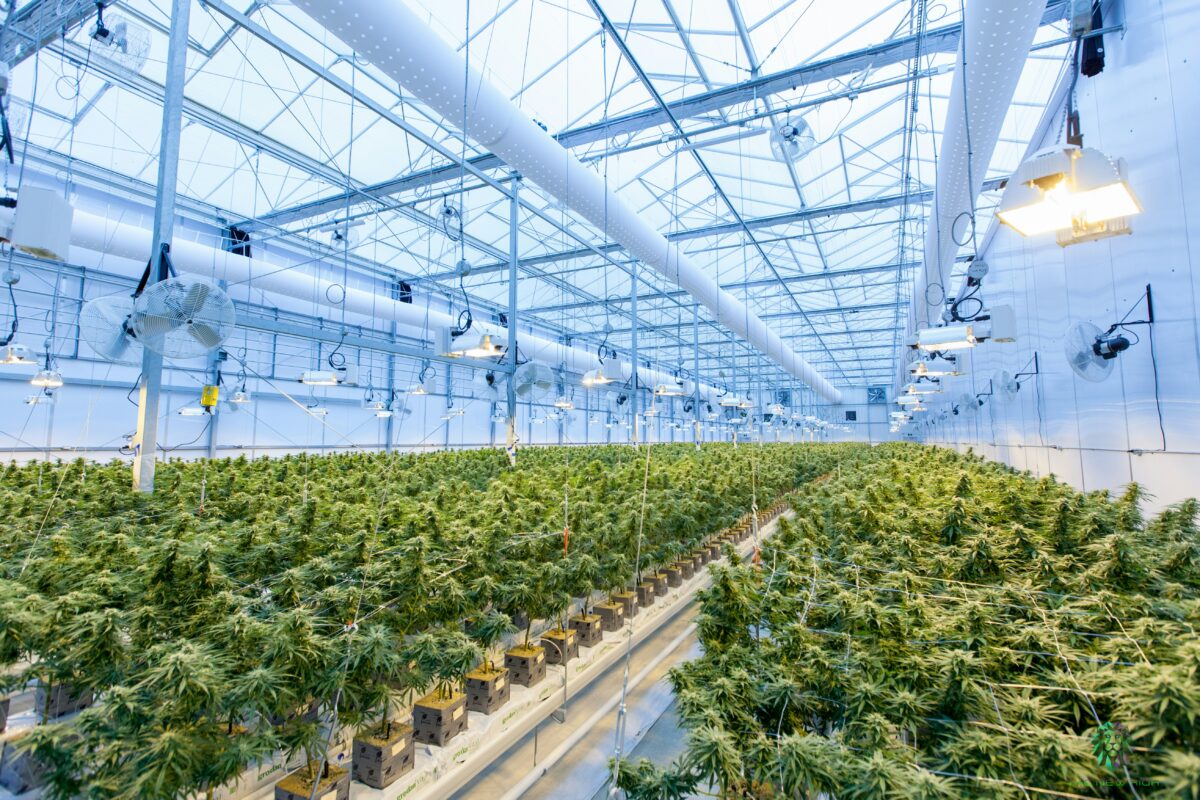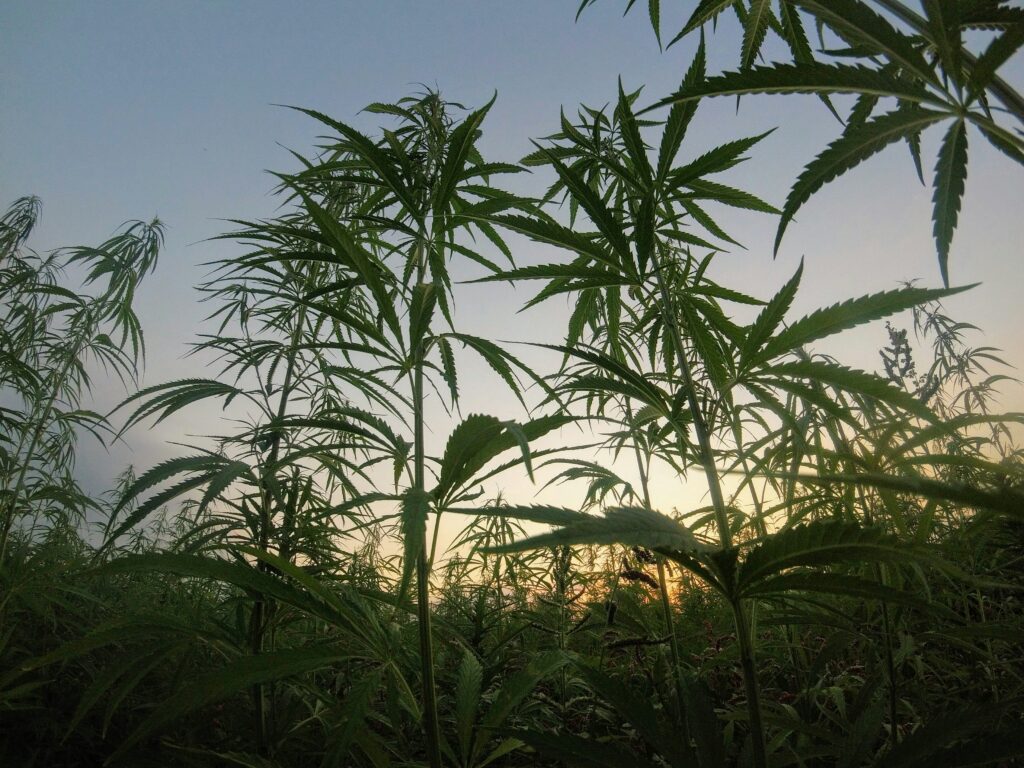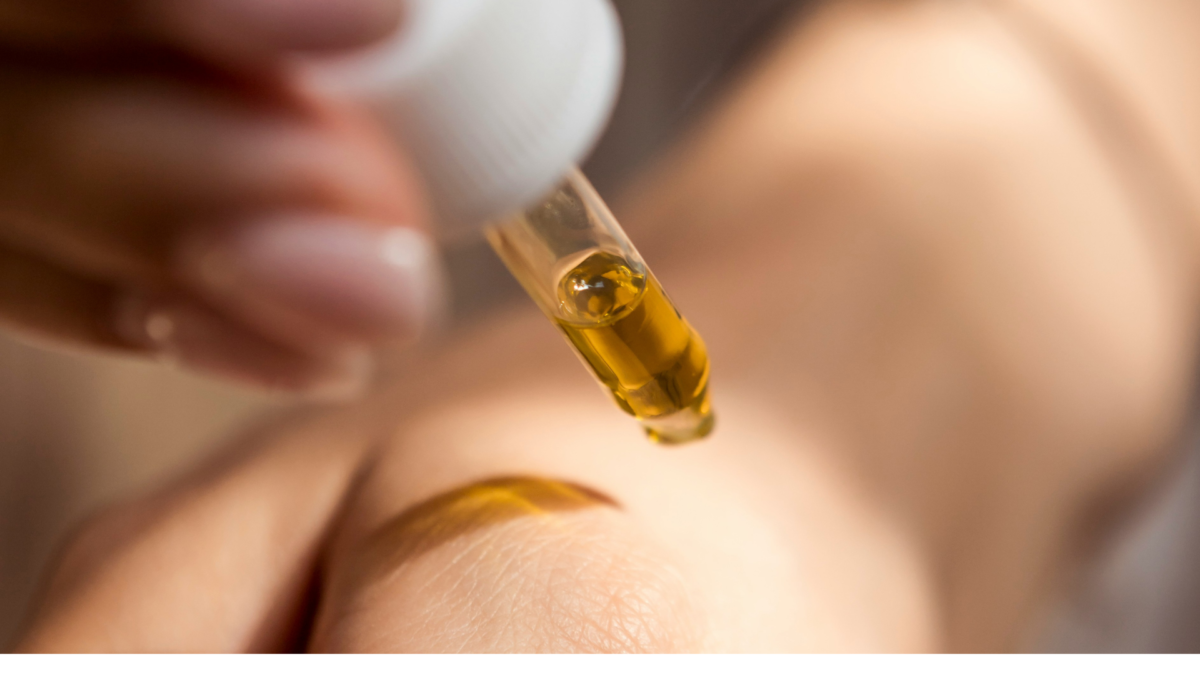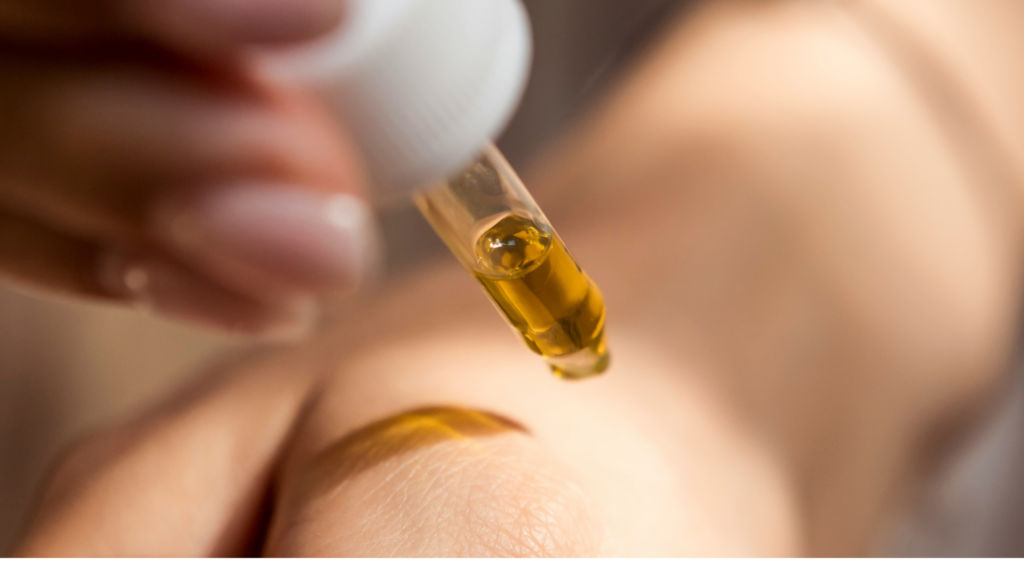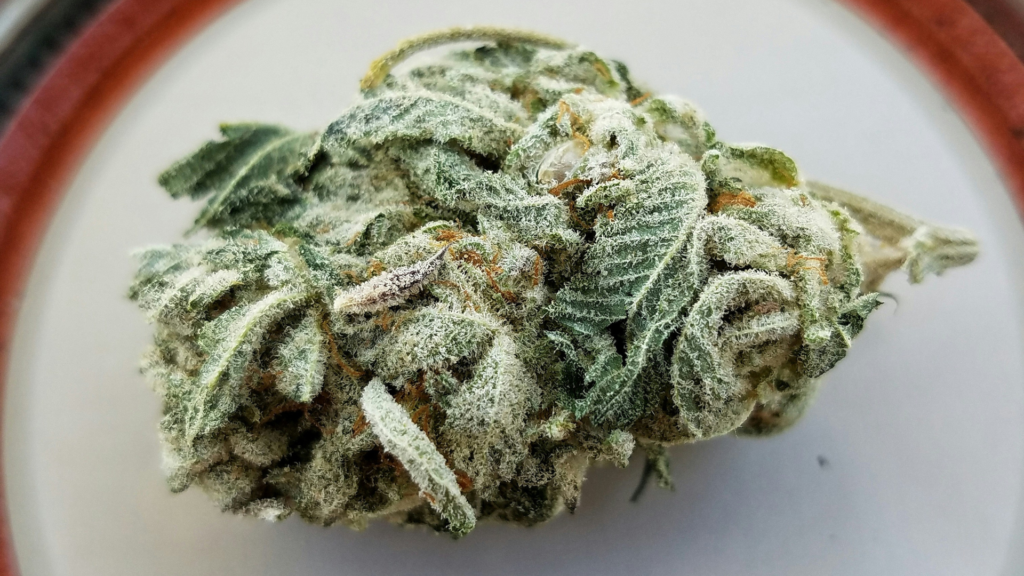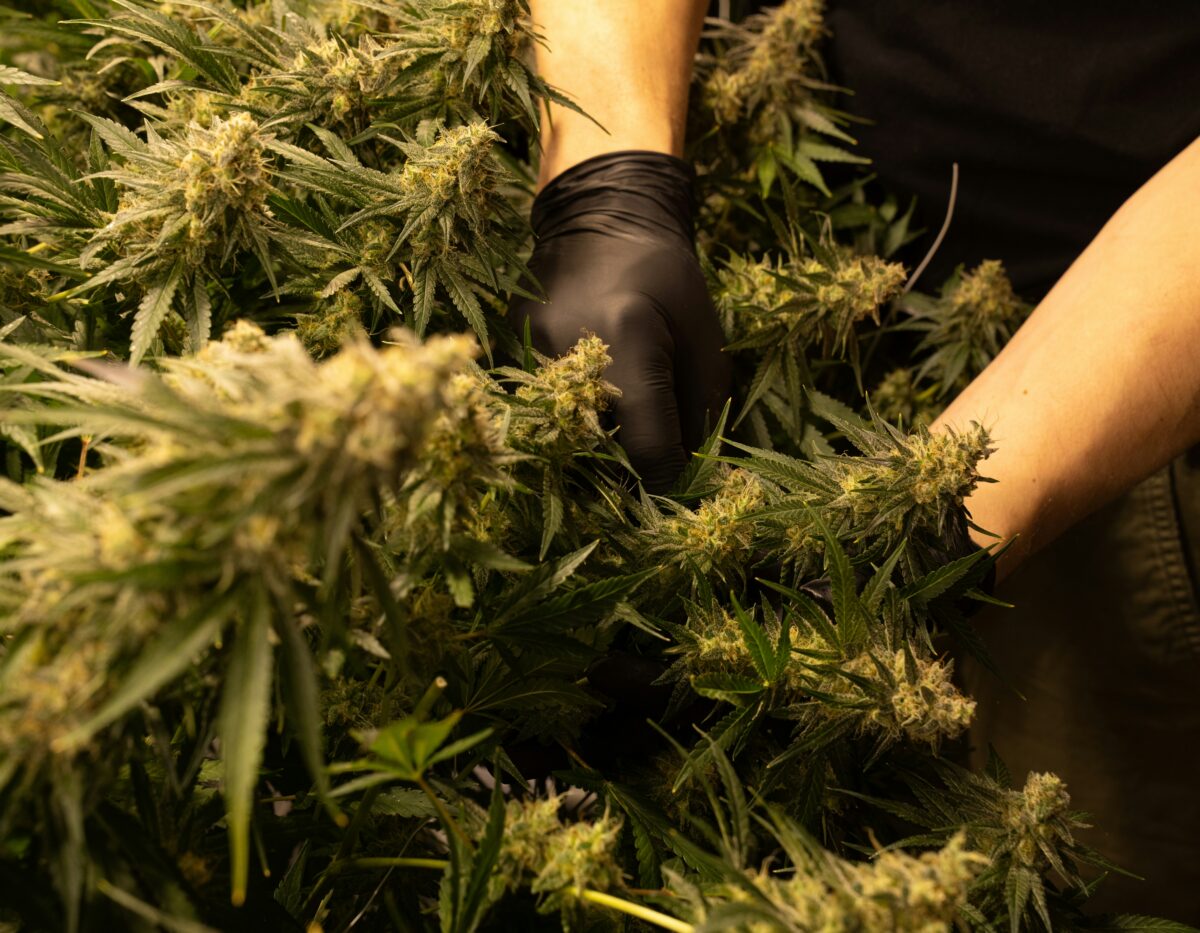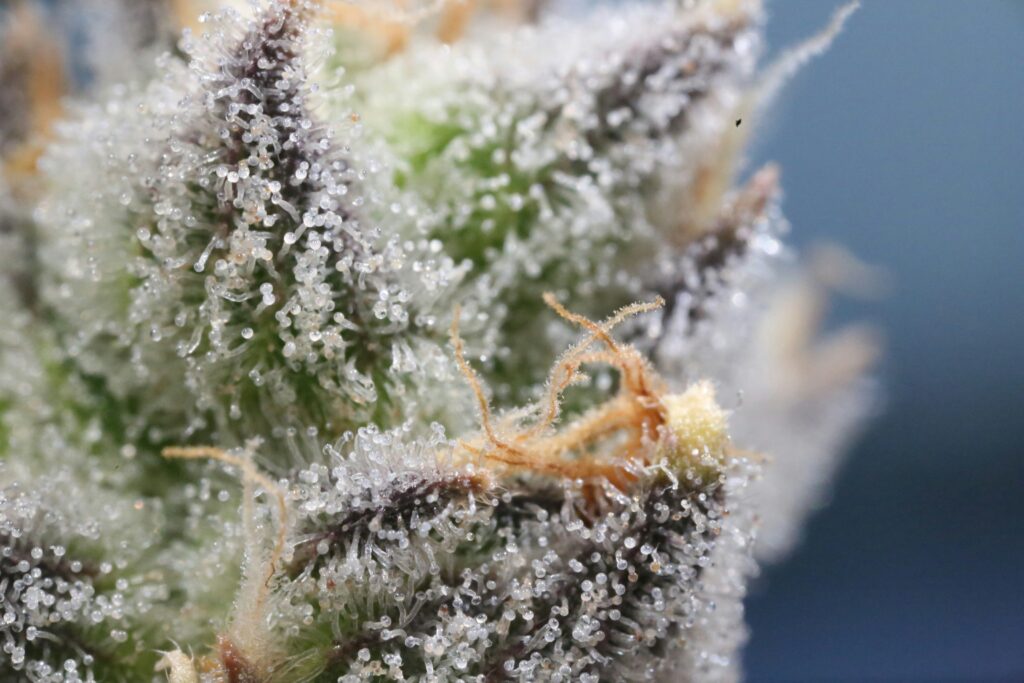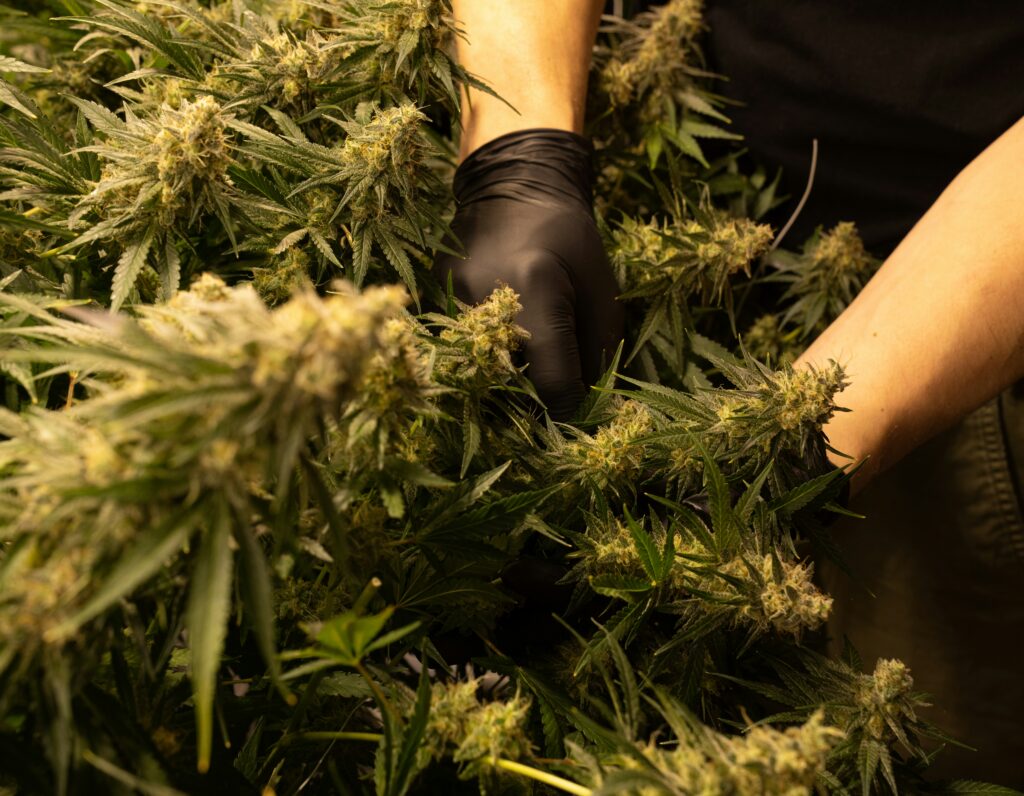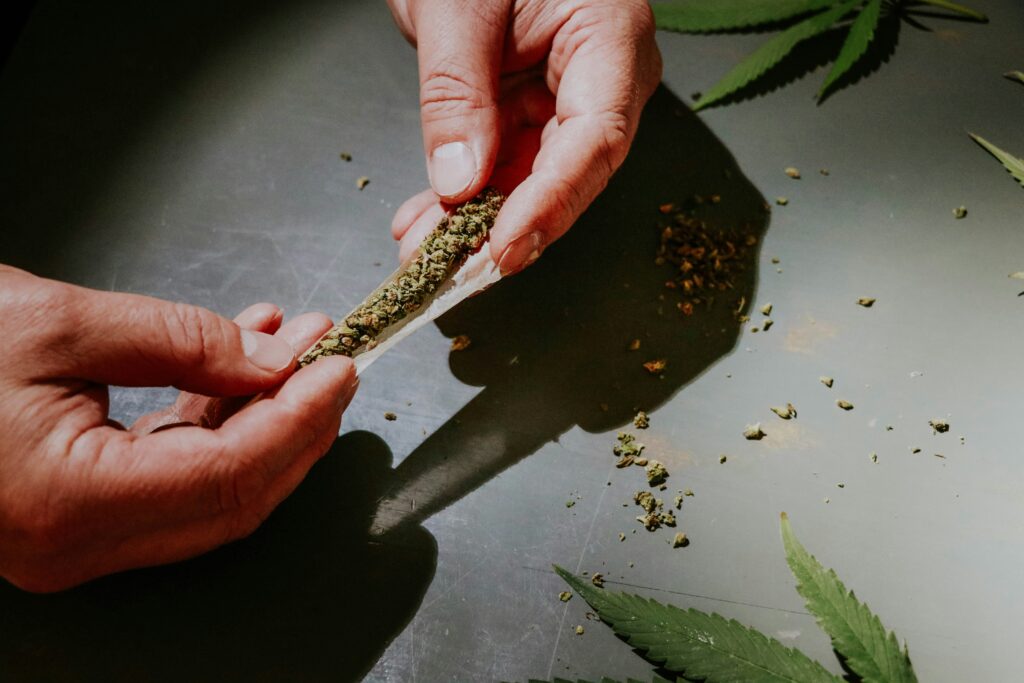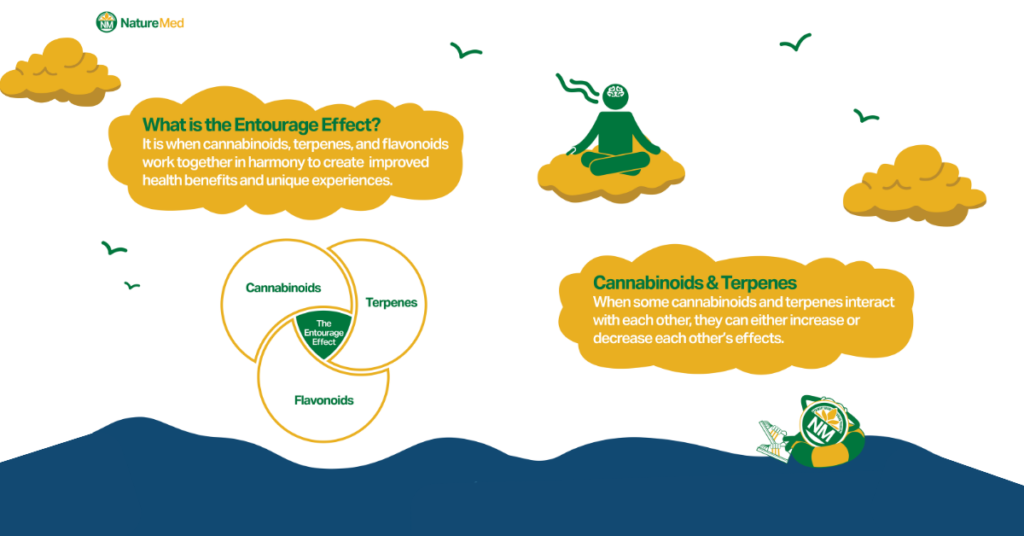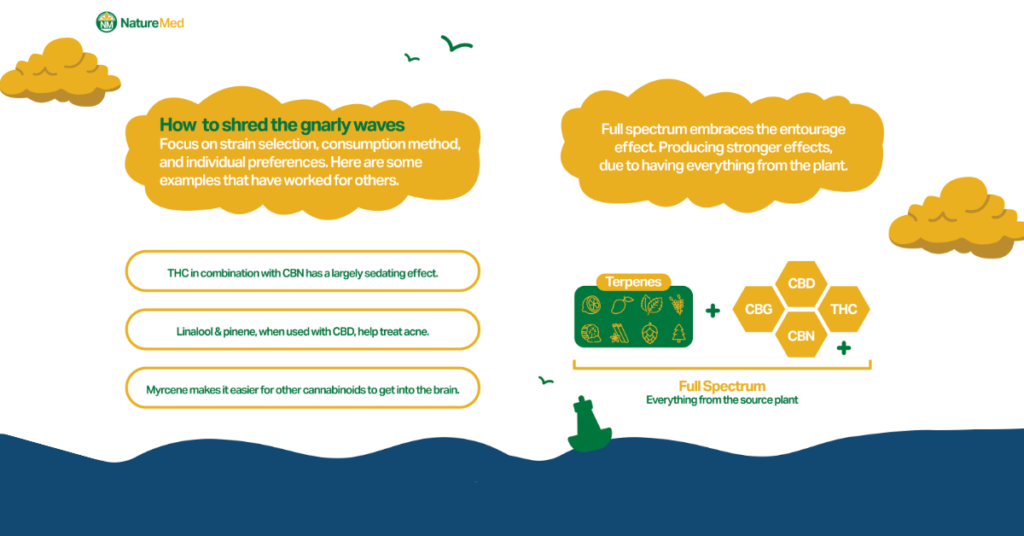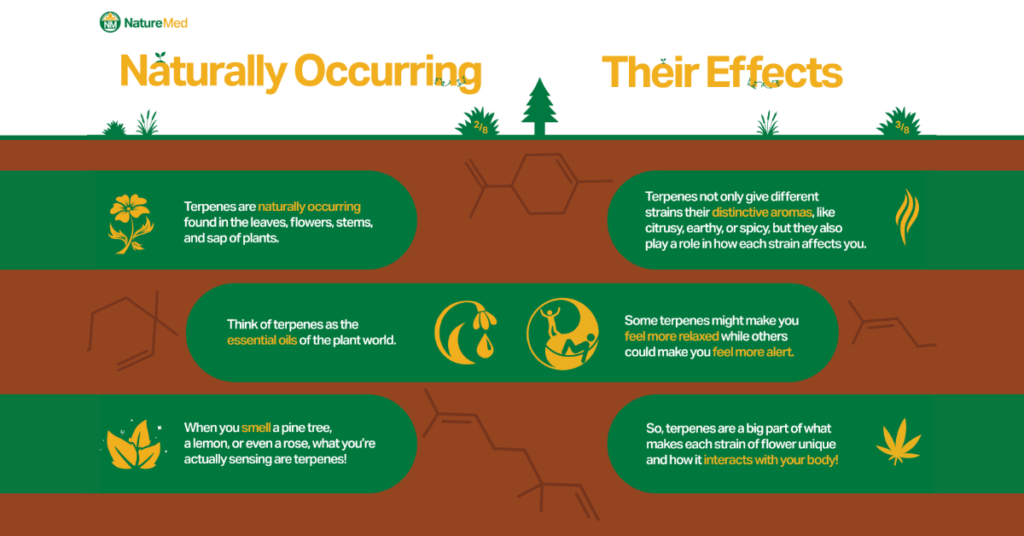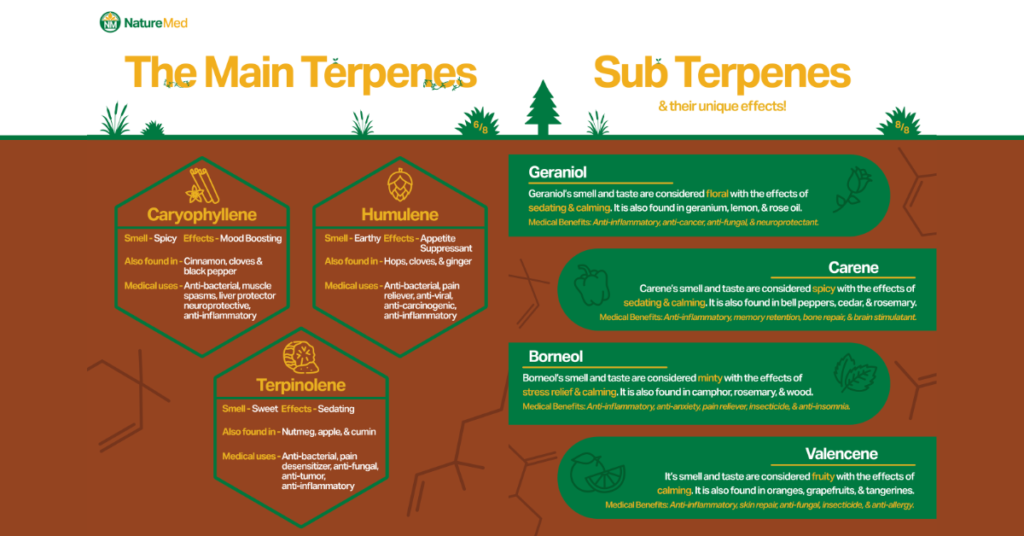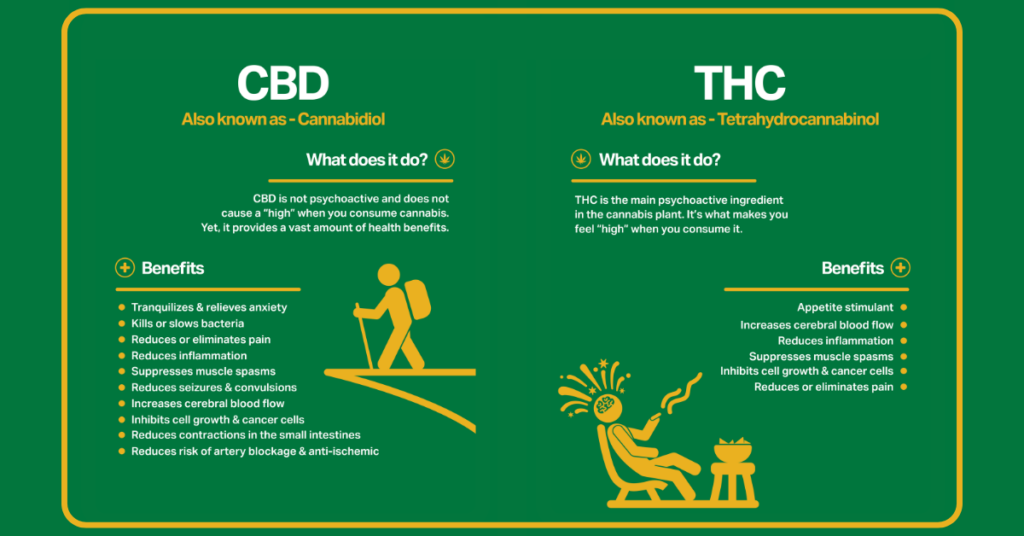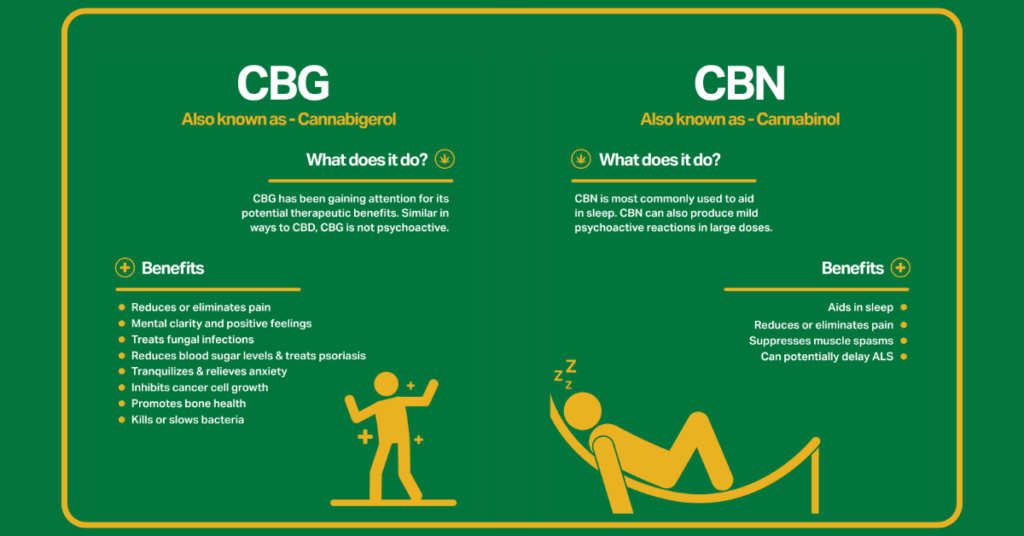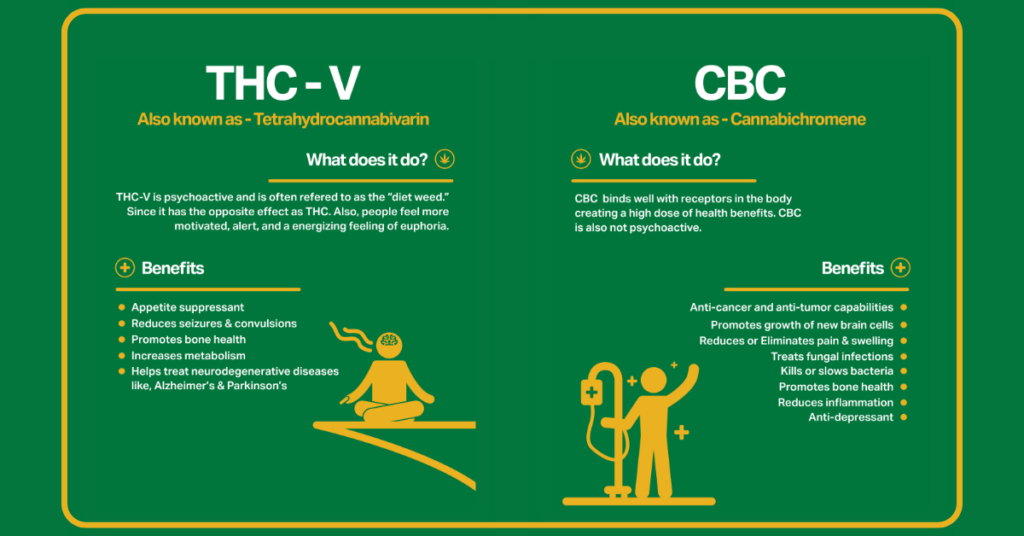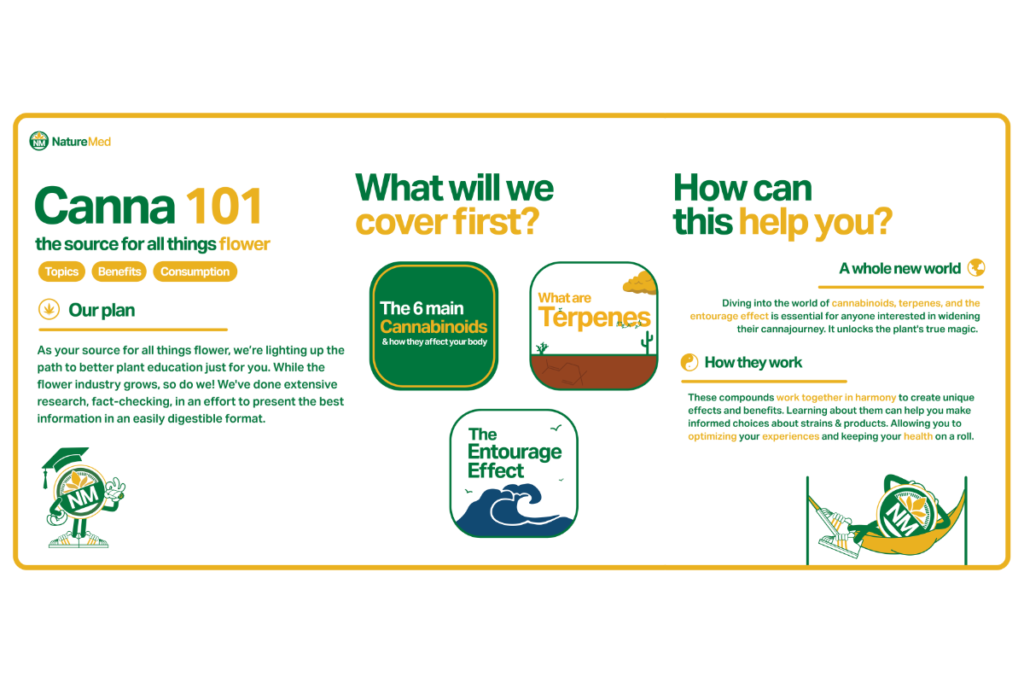Celebrating Black Excellence in Cannabis: A Spotlight on Franklin's
Black entrepreneurs have long played a vital role in shaping cannabis culture, from advocacy to innovation, despite facing significant barriers in the industry. As we celebrate Black History Month, there’s no better time to highlight Franklin’s–a standout brand that brings exceptional quality, a rich legacy, and a commitment to excellence to NatureMed’s shelves. Franklin’s isn’t just about great cannabis; it’s about honoring a history of resilience and progress while delivering top-tier products for today’s consumers.
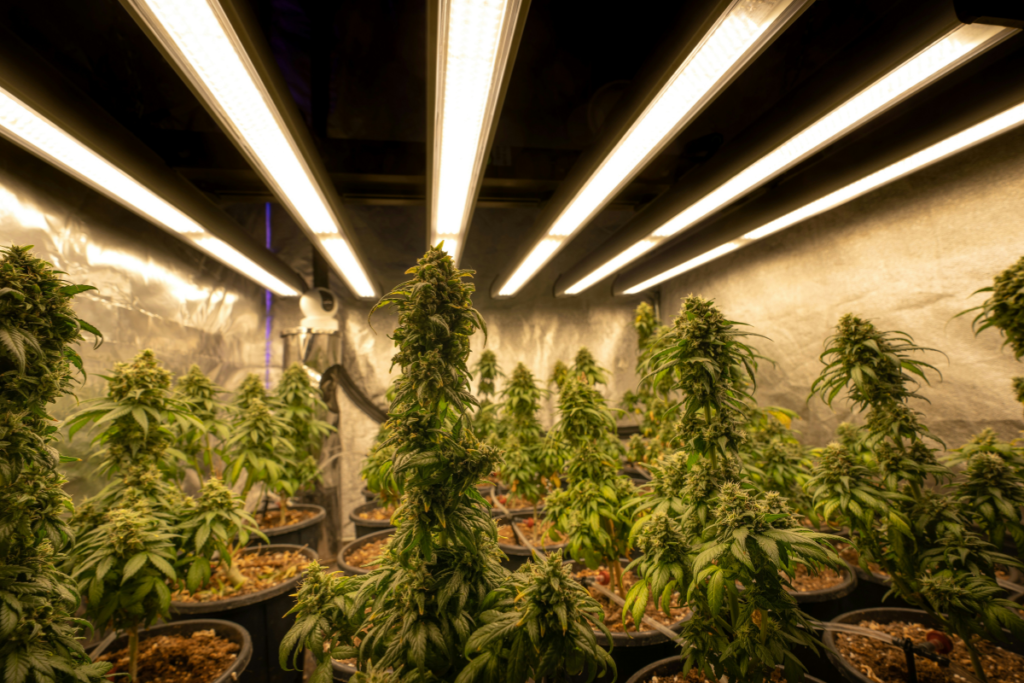
Franklin’s was founded on the belief that cannabis should be crafted with care, consistency, and culture in mind. The brand prides itself on producing premium cannabis products that stand out in both quality and experience. Whether you’re a seasoned enthusiast or new to cannabis, Franklin’s offers something special–carefully curated flower, expertly rolled pre-rolls, and products that truly reflect the artistry behind cannabis cultivation.
What makes Franklin’s even more impressive is its dedication to community and representation. The cannabis industry has long been marked by inequality, with Black entrepreneurs facing systemic barriers to ownership and opportunity. Franklin’s is part of a new wave of Black-owned cannabis brands breaking down those barriers, proving that excellence and perseverance can redefine the industry. Supporting Franklin’s isn’t just about enjoying a great product; it’s about backing a brand that stands for progress and inclusion.
At its core, Franklin’s is all about craftsmanship. Every product is developed with a focus on potency, flavor, and overall experience. The team behind Franklin’s understands that cannabis is more than just a product–it’s a lifestyle, a culture, and a connection to history. With meticulous attention to detail, Franklin’s delivers an experience that speaks to both tradition and innovation, ensuring that every consumer gets the best cannabis possible.

Beyond its commitment to quality, Franklin’s also prioritizes education and advocacy. The brand actively works to raise awareness about the importance of equity in the cannabis industry and the need for more Black-owned businesses in the space. By choosing Franklin’s, consumers are not only enjoying a superior product but also supporting a movement that aims to bring lasting change to cannabis culture.
As cannabis becomes more mainstream, it’s crucial to celebrate the brands that are leading the way with integrity and authenticity. Franklin’s embodies Black excellence in the industry, proving that premium cannabis can also carry a deeper message of empowerment. The brand’s presence at NatureMed is a testament to its impact, and we’re proud to offer their products to our customers.

This Black History Month, take a moment to reflect on the progress being made in the cannabis industry and the importance of supporting Black-owned businesses. Franklin’s is more than just a brand–it’s a symbol of change, perseverance, and top-tier craftsmanship. Whether you’re looking for a smooth pre-roll, a flavorful flower, or simply want to support Black entrepreneurship in cannabis, Franklin’s is a choice you can feel good about.
Ready to experience the excellence of Franklin’s? Check out our menu to explore their latest offerings, and don’t miss out on our daily deals for the best prices on premium cannabis. Celebrate Black History Month by supporting brands that make a difference!


